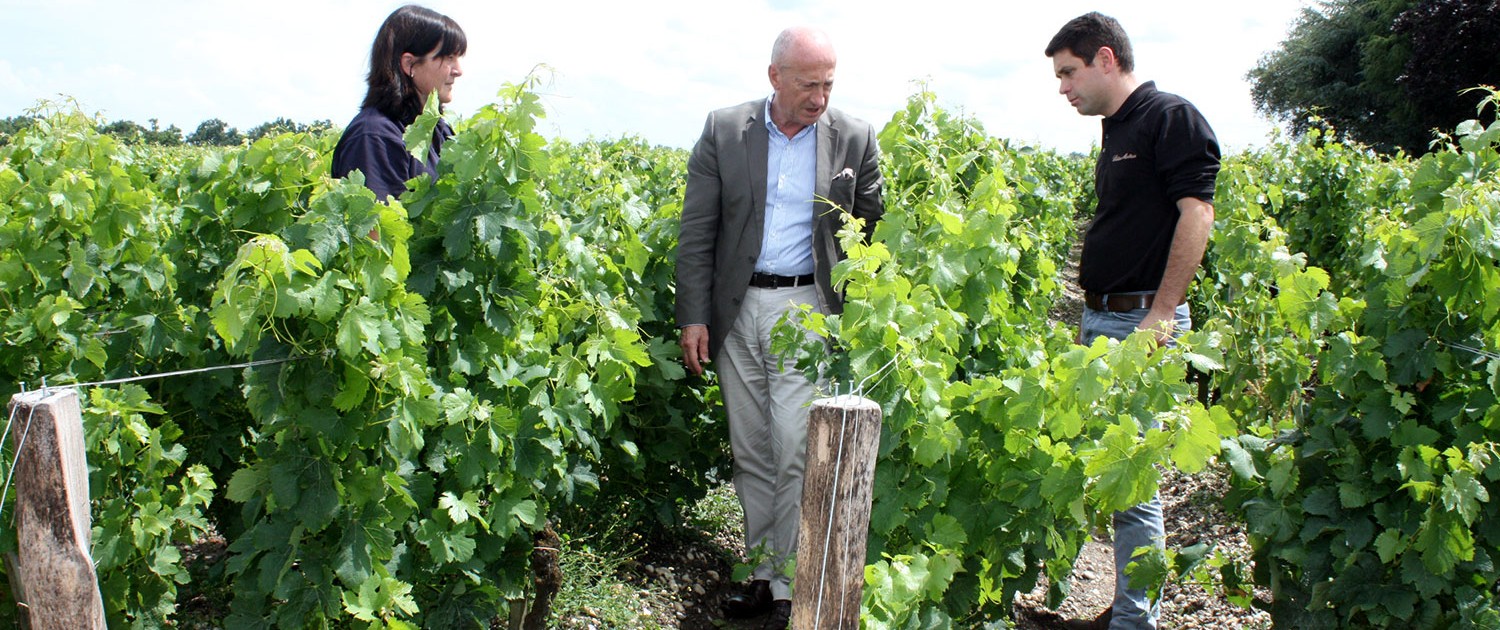2015 GRAPE HARVEST AT CHATEAU MONTROSE
Reaping the fruits of experiment in the vineyard and winery
The care lavished on the vines throughout the year helps to produce the best grapes to make the best wines. What might seem to be a truism is in fact just a starting point. Because notwithstanding high-tech facilities and meticulous preparation of the vines, every day all the members of the multidisciplinary team at Château Montrose seek to increase their understanding of the terroir in order to get the very best out of it.
The Montrose way
In order to obtain high-quality, perfectly ripe grapes and hence to produce powerful and elegant wines true to the Montrose style, the entire team at the estate, especially the technical duo consisting of vineyard manager Patricia Teynac and cellarmaster Vincent Decup, work hand in hand all year round in a spirit of research and experiment fostered by estate manager Hervé Berland. The 2015 harvest will reflect the outcome of a full-scale trial in part of the vineyard, with the conclusions of two studies devoted to a detailed analysis of the vineyard’s potential at parcel and vinestock level.
Drones help ultra-precise parcel selection
Although one of the features of the Montrose vineyard is its unity, it also contains a rich variety of soils, each of which naturally nourishes plant life in a particular way. An infrared drone survey of the vineyard helped to build up a picture of each parcel and classify different zones according to their potential. Combined with berry-tasting before picking, this ultra-precise mapping of the vineyard, accurate to within a single vinestock, will enable the teams at the estate to go even further in identifying the ideal time to harvest the crop.
A study of first- and second-cluster potential at individual vinestock level
The heterogeneity of a parcel is matched by that of the individual vinestock. The clusters situated at the base of the shoot (first clusters) generally ripen earlier than those further up (second clusters). Studies and experiments carried out in the vineyard since last year have confirmed and demonstrated these differences in maturity. Using the information gained from such observations, pickers can go through a parcel in successive sweeps according to the ripeness of each cluster.





